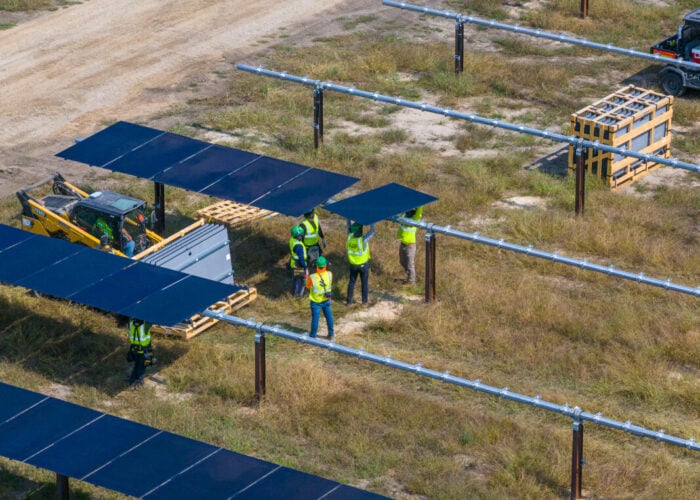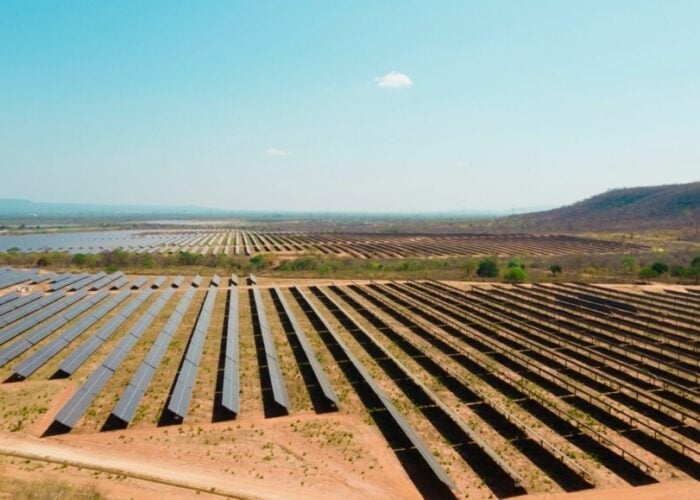
Melbourne-headquartered mining giant BHP, in partnership with the Rocky Mountain Institute (RMI), has projected 500MW of potential capacity combining solar, wind and energy storage at its old North American mining sites.
Solar PV was seen as having the highest potential at these closed or legacy mining sites with some potential for combination with energy storage. There were also a few areas where wind energy was also deemed most suitable.
Try Premium for just $1
- Full premium access for the first month at only $1
- Converts to an annual rate after 30 days unless cancelled
- Cancel anytime during the trial period
Premium Benefits
- Expert industry analysis and interviews
- Digital access to PV Tech Power journal
- Exclusive event discounts
Or get the full Premium subscription right away
Or continue reading this article for free
RMI’s Sunshine For Mines (SfM) team released a report alongside BHP, named ‘New Lives for Old Mines: A Method for Developing Renewable Energy at Closed Mine Sites’.
The teams have used an exhaustive methodology to analyse how legacy mines can be turned into independent power plants, storage facilities, or value-added grid-service providers. This would offer new revenue streams for redundant or inactive mines, which are often long-term liabilities for mining operators as they have to continue maintaining the sites after closure. Options for reusing mining sites are also constrained by contamination from the previous mining activity.
SfM screens mining sites and creates a environmental, permitting, and regulatory scorecard, before investigating the potential LCOE’s of various renewable energy technologies at each location.
In a brief RMI noted: “Innovations are also available around market access. For example, even in areas where no market is available, creative solutions such as wheeling the offtake to the CAISO deregulated market in California or entering into purchase agreements with local cooperatives may be possible. These solutions are feasible from a technical and regulatory perspective, and specific opportunities along these lines can be further explored.”
Most major storage technologies are also covered by SfM, including pumped hydro, chemical (Lithium-ion for example) and kinetic (flywheels for example).
SfM said: “Many saturated energy markets, such as California, have a large demand for storage to help with production and load balancing. Similarly, flywheels are maturing as a technology and can be a great grid-balancing and loadshifting storage option.”
Ultimately the aim is to transform “legacy sites from liabilities into assets”, according to RMI.
Late last year, BHP showed clear interest in installing solar-plus-storage applications for its own remote operations, as similar project plans were announced in Australia.






